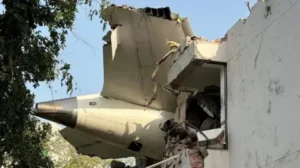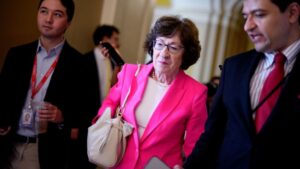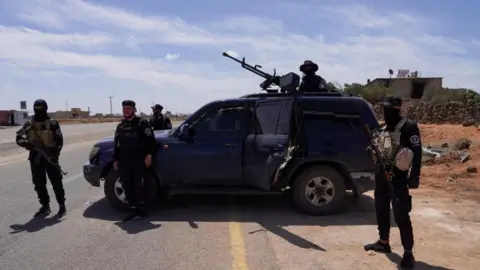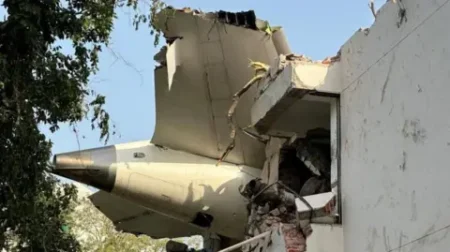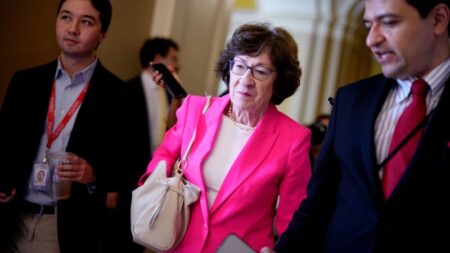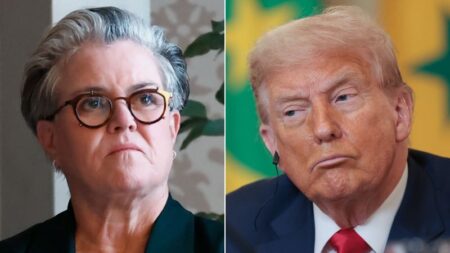In the wake of escalating sectarian violence in Syria, at least 30 individuals have tragically lost their lives after clashes erupted in the southwestern region of Sweida. This turmoil predominantly involved groups from the Bedouin Sunni tribes engaging in conflict with fighters belonging to the Druze religious minority. The situation has sparked alarm, as the Syrian authorities have dispatched security forces to restore order amidst the growing chaos.
Reports from the Syrian interior ministry confirm a minimum of 30 fatalities resulting from the clashes, while the Syrian Observatory for Human Rights, a prominent war monitoring organization, claims the death toll may be as high as 37. Alongside the fatalities, a significant number of participants has sustained injuries, prompting responses from governmental entities dedicated to addressing the unrest.
The ongoing violence is contextualized within the broader spectrum of challenges facing Syria since the downfall of President Bashar al-Assad’s regime. The country has recently transitioned to a new Islamic-led government, which is grappling with the complexities of consolidating power in a nation marred by years of civil strife. Since the regime’s collapse in December, tensions among various minority groups have visibly intensified, leading to alarming outbreaks of violence.
In a notable turn of events last year, rebel forces classified as Sunni Islamists, particularly those represented by Hayat Tahrir al-Sham, launched a significant offensive in Damascus, ultimately displacing the Assad regime after more than five decades of autocratic rule by his family. In light of the recent escalations, the internal ministry has announced direct intervention as part of efforts to quell the unrest and stabilize the region, indicating that nearly 100 individuals have been injured thus far.
The governor of Sweida, Mustapha al-Bakur, has appealed to local inhabitants to practice restraint and adhere to national calls for reform. Concurrently, leaders from the Druze community, which holds affiliations with Shia Islam and is also present in neighboring countries like Lebanon, Jordan, and Israel, are voicing demands for tranquility. For many Druze citizens, there remains a palpable concern not only over physical safety but also regarding inadequate government protection in the face of an increasing cycle of violence.
The historical relationship between the Druze community and the Assad government has undergone a profound shift. Many within the Druze population previously remained loyal to the state, hoping for protection during the civil conflict, which now stretches over 13 years. However, recent months have seen a worrying trend, with victims from the Alawite community also targeted in violence, including attacks on places of worship.
Amidst the tumult, international actors are beginning to reconsider their stance on Syria, with the aim of redefining diplomatic relations. For example, the United States has removed Hayat Tahrir al-Sham from its list of designated foreign terrorist organizations, a move that underscores the continuously changing dynamics within the region. Similarly, UK Foreign Secretary David Lammy made a historic visit to Syria, the first by a British minister since the civil war commenced, signaling potential shifts in Western engagement with the Syrian state.
As these developments unfold, the complexities highlighting the tumultuous nature of sectarian identities and the existing government framework in Syria continue to pose significant obstacles in pursuit of national stability and peace. Fragile and tenuous, the situation remains under close scrutiny as conflicting factions seek to assert their influence amid the shifting sands of power within the country. The ongoing violence represents not just a local challenge but echoes the broader narrative of sectarian strife that has profoundly affected the Middle East for decades.

